Home Services > HVAC
Winter is fast approaching and now is the time to get your furnace checked. Having a heating and air professional check your furnace can prolong its life, catch problems that could result in heating failures and overall performance issues affecting your utility bill, and detect possible health issues related to dangerous carbon monoxide emissions. Your furnace is working hard for you. Make sure you provide the care and upkeep it needs to protect you all winter long!
Take advantage of Wistar’s Furnace Check-up service special, a complete and thorough inspection with filter change.
*Tax not included. Only 1-inch filters are included. More than one furnace, heat pumps, and boilers incur additional charges.
Gas furnaces operate when you turn your thermostat to send an electric signal to your furnace to start burning fuel. Mixing air and gas and igniting a flame heats up a combustion chamber. Once that’s warm enough, fresh, filtered air blows across in the heat exchanger to send hot air into your ducts and throughout your house. Dangerous fumes, including carbon monoxide, from the combustion chamber, are vented out a chimney or flue.
Fall furnace maintenance is something you should leave to a professional. Accidentally moving burners or the pilot light can create a gas buildup when the furnace is off and create a flash fire when the furnace is turned on. A pilot light tip that has been tampered with can become a flame thrower inside your furnace. There aren’t any shortcuts to a properly inspected furnace, so please make sure a professional checks everything meticulously.
If you notice any of the following, call your Wistar professional today:
1. Odd noises, rattling, rumbling, or squealing. These types of noises aren’t uncommon on boilers but should be cause for alarm in forced-air heating systems. You should only hear the sound of the blower. You might have a component about to fail, an ignition problem, or a loose belt.
2. Chronic headaches, allergies, or flu-like symptoms. Even if your carbon monoxide alarm isn’t sounding, combustion gases could be leaking from the combustion chamber or your chimney or exhaust flue.
3. Soot deposits. If combustion isn’t completing, a fine black powder might start collecting. This might be a sign your burners need adjusting or the heat exchanger is cracked.
4. Irregular row of flames. If the flames on your burner are uneven or lean toward one side of the furnace, you burners might require cleaning or there might be a crack in your heat exchanger. Burner flames in a gas furnace should be about even across the row.
5. Short cycling. If your thermostat is out of adjustment or the heat exchange is cracked, the furnace could be short cycling — shutting off after running for only short periods.
6. Yellow or flickering burner flames. This is a sign that the gas combination in your furnace needs fixing and could indicate carbon monoxide.
7. Rust on flue pipes or vent pipes. Another sign that carbon monoxide is not being vented correctly.
8. High gas bills. If you’re seeing a much higher gas usage compared to last year, better check your furnace.
Like vehicles, furnaces have the most problems in the last 2 years of their life cycle. If you need to have multiple service calls within a 2-year time frame, it might be time to consider a new furnace.




